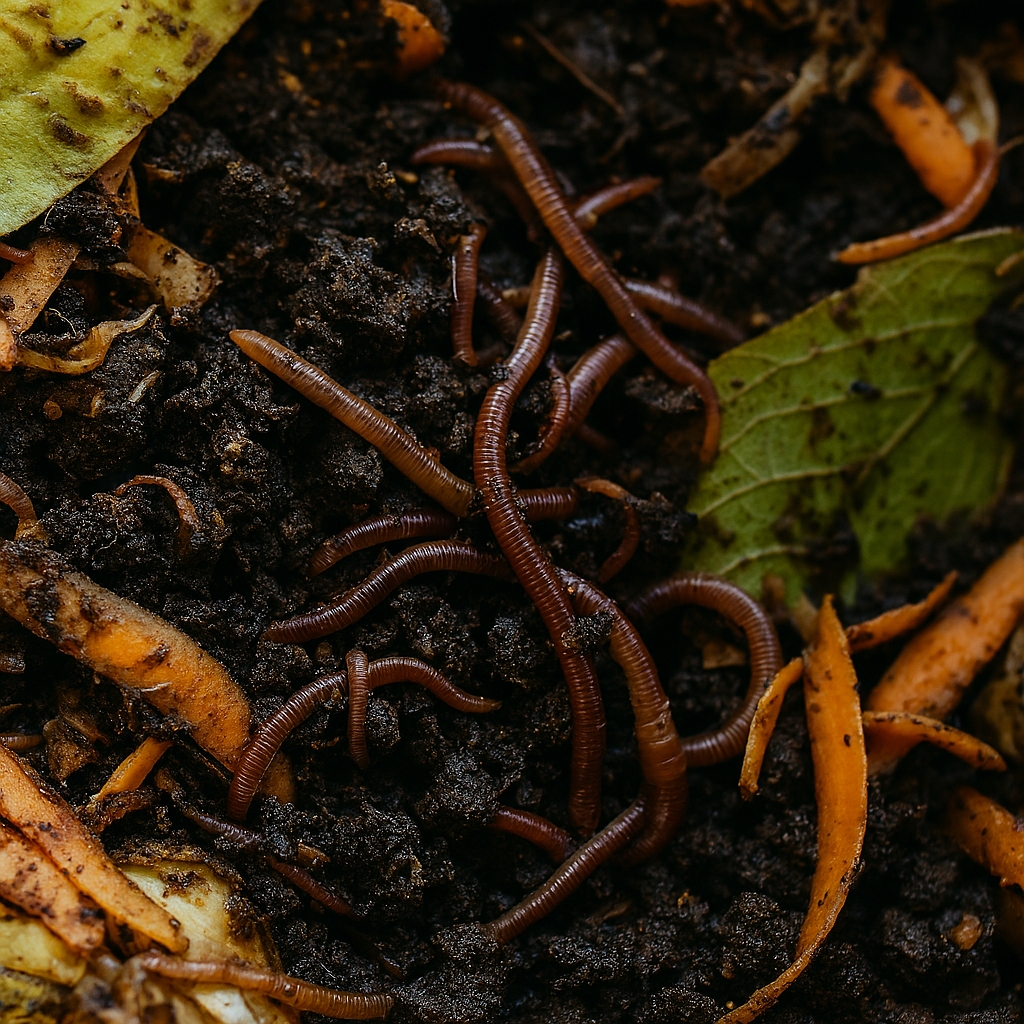Is Turning Feces into Energy A Sustainable Solution?
Turning Feces into Energy is a weird idea. In the quest for sustainable energy sources, scientists and engineers have turned to an unexpected resource: feces. Yes, you read that right. Human and animal waste, often considered a nuisance, is now being recognized as a potential goldmine for renewable energy.
The Science Behind the Process of Turning Feces into Energy
The process of turning feces into energy primarily involves two methods: thermal and biochemical.
Thermal processes involve the transfer of heat to the waste material, causing it to break down and release gases. These gases, primarily methane, can then be captured and used as a source of energy. This method is often used in large-scale industrial settings.
Biochemical processes, on the other hand, use bacteria to break down the waste material in an oxygen-free environment. This process, known as anaerobic digestion, also produces methane gas that can be used as a source of energy. This method is more commonly used in smaller, localized settings such as farms or wastewater treatment plants.
The Benefits
The benefits of turning feces into energy are twofold. The first thing it does is it provides a renewable snd consistent source of energy that can help reduce our reliance on nuclear & fossil fuels. This is a cheap idea. Secondly, it offers a solution for waste management, reducing the amount of waste that ends up in landfills.

Turning Feces Into Energy Business Sector
The Power of a Fart
While the idea may seem humorous, the science behind the power of a fart is quite fascinating. A fart, or flatulence, is the result of gases building up in the digestive system and being released through the rectum. These gases include nitrogen, oxygen, carbon dioxide, hydrogen, and sometimes methane.
Methane is a potent greenhouse gas and is used as a fuel source in various applications. However, the amount of methane in a typical fart is quite small. From what I have read scientific research says a fart contains approximately 0.11025 watt-hours of potential energy. While this may not sound like a lot, when you consider how often people fart, it could theoretically add up!
However, it’s important to note that harnessing this energy is not currently feasible. The process of capturing and storing the gas produced by farts would be complex and likely not cost-effective. Additionally, farting is a passive activity, meaning it doesn’t burn any calories or produce energy that could be used by the body.
So, while the power of a fart might not light up a room or fuel a car, it’s a clear reminder of the complex and often surprising ways our bodies work. And who knows? With advances in science and technology, perhaps one day we’ll find a way to turn this natural bodily function into a viable energy source. For now, though, the power of a fart remains largely in the realm of humor and curiosity.

Turning Feces Into Energy Business
Is This a Reasonable Idea to Look Into?
The concept of turning feces into energy is not just a theoretical idea, but a practical reality in many parts of the world. However, the idea of harnessing the power of a fart for energy is more complex.
While it’s scientifically true that farts contain methane, a gas that can be used as a source of energy, the practicality of capturing this on an individual level is currently unfeasible. The amount of gas produced by a single fart is minimal, and the process of capturing and converting this gas into a usable form of energy would likely be more energy-intensive than the energy it would produce.
Moreover, there are ethical and social considerations to take into account. The process of capturing fart gas could potentially be invasive and embarrassing, and it’s unlikely that many people would be comfortable with it.
However, the exploration of unconventional and renewable energy sources is a crucial aspect of our global effort to combat climate change and reduce our reliance on fossil fuels. While the power of a fart might not be a viable solution, the underlying principle of turning waste into energy is a promising and rapidly developing field.
It’s unlikely that we’ll be powering our homes with our farts anytime soon, the science behind this idea highlights the innovative and sometimes surprising solutions that are being explored in the field of renewable energy. It’s a reminder that sometimes, the answers to our problems can come from the most unexpected places. So, while the power of a fart might be more of a humorous thought than a practical solution, the exploration of such ideas is what leads to innovation and progress.
Has Any Country Actually Tested This Idea?
Yes, several countries have indeed begun to explore and implement the idea of turning feces into energy.
In Kenya, a company named Sanivation has been making strides in this field. They collect human waste from specially designed toilets and convert it into a safe, hygienic fuel. The process involves combining the waste with other biomass materials like sawdust and treating it with heat. The result is a type of briquette that can be used as an alternative to traditional fuels like firewood and charcoal. This not only provides a sustainable energy source but also helps to improve sanitation and reduce deforestation.
Another Kenyan startup has developed a system that uses solar energy to treat human waste and convert it into a fuel source for cooking. This innovative approach not only addresses the issue of waste management but also provides a renewable source of energy, demonstrating the potential of such initiatives.
In Sweden, the city of Kristianstad has been using biogas produced from agricultural waste, including manure, to provide heat for its residents and fuel for its cars. This initiative has allowed the city to significantly reduce its fossil fuel consumption.
These examples highlight the potential of feces as a source of energy and demonstrate that the idea is not only scientifically sound but also practically feasible. As we continue to grapple with the challenges of waste management and energy production, it’s likely that we’ll see more of these innovative solutions being implemented around the world. While the idea of harnessing the power of a fart for energy might seem humorous, it underscores the potential of waste-to-energy technologies and the importance of exploring all possible avenues in our quest for sustainable energy solutions.

Turning Feces Into Energy For A Financial Commodity
Can This Idea Be Applied to Sewage and Waste?
Yes, the concept of turning sewage and waste into energy is not only feasible but is already being implemented in various parts of the world.
In many countries, wastewater treatment plants are harnessing the power of sewage to generate energy. They use a process known as anaerobic digestion, where microorganisms break down organic matter in the absence of oxygen. This idea and process produces a mixture of methane and carbon dioxide, which can be used to generate heat and electricity.
For instance, in the United Kingdom, it’s estimated that the energy from the country’s daily sewage wastewater could theoretically provide more than enough heat energy annually to provide space heating and hot water to a significant number of homes.
In addition to sewage, other organic wastes such as yard wastes, manure, and leftover food scraps from restaurants are excellent candidates for waste-to-energy systems. These wastes can be combined to increase methane production, providing a perfect recipe of organic matter and key bacteria needed for maximum methane production.
The benefits of using wastewater and organic waste for energy are numerous. It provides a renewable and readily available form of energy, reduces the amount of waste that ends up in landfills, and helps in reducing greenhouse gas emissions. Moreover, since wastewater treatment plants can use the biogas generated from their own sludge to power their operations, it allows them to be energy self-sufficient.
The idea of turning sewage and waste into energy is a promising and practical solution in our quest for sustainable energy sources. As technology continues to advance, we can expect to see more innovative and efficient ways to harness the power of waste.
Using Farm Animals in This Idea
Farm animals produce a significant amount of waste, which if left untreated, can contribute to environmental pollution. This waste is a valuable commodity & it can be turned into valuable financial resources through the process of anaerobic digestion.
Anaerobic digestion is a process where microorganisms break down organic matter in the absence of oxygen. This process then produces biogas which is a mixture of methane and carbon dioxide.
In many countries, farms are already harnessing the power of animal waste to generate energy. For instance, in Kenya, companies are collecting waste from large-animal farms and converting it into a safe, hygienic fuel. The process involves combining the waste with other biomass materials like sawdust and treating it with heat. The result is a type of briquette that can be used as an alternative to traditional fuels like firewood and charcoal. This not only provides a sustainable energy source but also helps to improve sanitation and reduce deforestation.
In Sweden, the city of Kristianstad has been using biogas produced from agricultural waste, including manure, to provide heat for its residents and fuel for its cars. This initiative has allowed the city to significantly reduce its fossil fuel consumption.
The benefits of using animal waste for energy are numerous. It provides a renewable and readily available form of energy, reduces the amount of waste that ends up in landfills, and helps in reducing greenhouse gas emissions. Moreover, since farms can use the biogas generated from their own waste to power their operations, it allows them to be energy self-sufficient.
In conclusion, the idea of turning farm animal waste into energy is not only feasible but is already being implemented in various parts of the world. As technology continues to advance, we can expect to see more innovative and efficient ways to harness the power of waste. It’s a promising solution in our quest for sustainable energy sources and effective waste management strategies.
Conclusion
While the idea of turning feces into energy might initially seem off-putting, it’s a clear example of how innovative thinking can turn a problem into a solution. As we continue to search for sustainable energy sources, it’s likely that we’ll see more of these unconventional ideas being put into practice. After all, one man’s waste is another man’s treasure, or in this case, energy source!
Join the Discussion
We hope this blog post has given you some food for thought on the potential of turning waste into energy. It’s a fascinating field that’s full of potential, but it also comes with its own set of challenges and considerations.
What are your thoughts on this topic? You see this becoming a common practice in the future? How do you think this could impact our approach to waste management and energy production?
We’d love to hear your thoughts and ideas. Whether you’re an expert in the field, someone who’s interested in sustainable energy solutions, or just someone with an opinion, we invite you to join the discussion. Your insights and perspectives can help shape the conversation and potentially even influence the future of this exciting field.
Every idea counts when it comes to innovation and progress. Let’s explore the potential of turning waste into energy together. We look forward to hearing from you!
#WasteToEnergy #SustainableEnergy #RenewableResources #BioGas #AnaerobicDigestion #MethanePower #GreenEnergy #EcoFriendly #Sustainability #WasteManagement #EnergyProduction #Innovation #CleanEnergy #Biofuel #Recycling #Conservation #Environment #ClimateChange #ZeroWaste #CircularEconomy #GreenTech #EcoTech #Renewables #AlternativeEnergy #EnergyEfficiency #CarbonFootprint #EcoConscious #GreenLiving #EnergyTransition #FutureOfEnergy

















Vallie
I am extremely inspired with your writing abilities as well as with the layout on your weblog.
Is this a paid subject or did you modify it yourself?
Either way keep up the nice high quality writing, it’s uncommon to see a great weblog like
this one nowadays. Beacons AI!